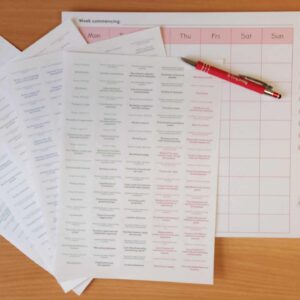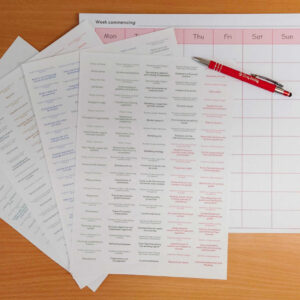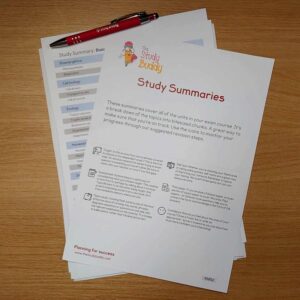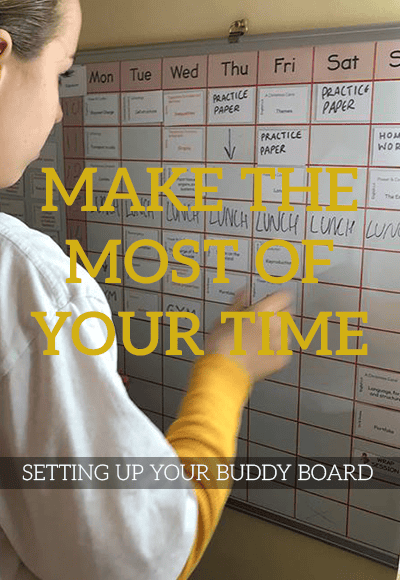
Navigating Revision Resistance: How to Support Your Teen Without the Nagging
Exam season. The phrase alone can send shivers down a parent’s spine, especially when met with a teenager whose revision efforts are, at best, less

From the autumn term, all children in England will return to school full-time. This is a direct extract from the Government’s advice leaflet for parents of children returning to secondary school.
School is the best place for children to learn and for their overall wellbeing. It gives them a routine and helps them develop their social skills. They also get to see their friends and teachers.
It is vital that all children return to school in the autumn. Attendance will be mandatory again from the beginning of the new term. The prevalence of coronavirus (COVID-19) has decreased since schools and colleges restricted their opening to most pupils in March.
Public Health England (PHE) is clear that the risk of catching coronavirus (COVID-19) is low if schools apply a system of stringent controls to reduce the risk of spreading the virus. This includes regular handwashing and cleaning measures.
We are advising schools and parents to make sure that anyone with symptoms does not attend. The chance of children becoming severely ill from the virus is also very low.
No. Young people are no more likely to transmit the virus than adults.
We are encouraging older pupils to maintain social distancing in line with government guidance, where possible. To further reduce risks, we are asking secondary schools to keep students in consistent groups and minimise mixing between groups. These groups may be larger than in
primary schools, so that schools can deliver the curriculum and subject choices for students.
It’s important that if your child (or anyone in thier household) has any coronavirus (COVID-19) symptoms, they do not attend school and stay at home. You should arrange for them to get a test and tell your school the test results. This will help the NHS Test and Trace process. If you have a positive test result, your household should remain at home and follow the Test and Trace selfisolation guidance.
If there is an outbreak at the school, local health protection teams will work with the school to agree what action is needed.
Usually, the school will not need to close, but in the event it does need to close for some or all children, the school will have a contingency plan in place so that your child’s education can continue. If your local area sees a spike in infection rates that is resulting in localised community spread, the government will decide what actions need to be taken.
Shielding advice for all adults and children paused on 1 August. This means that even the small number of pupils who are still on the shielded patient list and those who have family members who are shielding can return to their school.
Visit www.gov.uk/backtoschool for more information on returning to school safely. Your child’s school will have more information about the changes they have made ahead of your child’s return in the autumn term.
Everything you need to get going quickly, tailored to the courses you are taking.






Our GCSE Special bundle is everything you need to get going quickly and easily.

Exam season. The phrase alone can send shivers down a parent’s spine, especially when met with a teenager whose revision efforts are, at best, less

When it comes to a child’s success in life, parents are the unsung heroes. While schools and peer groups play obviously significant roles, the

You’re up to your eyes in revision schedules and practice papers. So it’s little wonder we often forget a crucial element that underpins success in
An offer code will be sent to you. By subscribing to our newsletter you agree to our Terms and Conditions and Privacy Policy. You can unsubscribe at any time.
Thank you for signing up! Check your inbox soon for special offers from us.
In the meantime, you can use the code Welcome5

